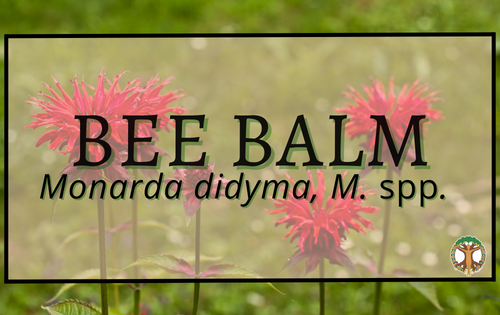
Nettle
by Lex Barnard
Latin name: Urtica dioica
Family: Urticaceae
Habitat: Perennial herb often found in damp, nutrient-rich soil along bodies of water in relatively well shaded areas or places with access to full sun. It can also be found in disturbed areas and is often thought of as a “weed” due to its ability to spread quite far. This is due to the fact that nettles spread via rhizome as well as via seed. The leaves are saw-toothed, heart-shaped, and alternate on its stalk. There are stinging hairs that cover the stem and leaves. It can grow 3-5 feet tall and in zones 2-9.
Common names:
English: Nettles, Stinging Nettles, European Nettle, Common Nettle, Giant Nettle, Tall Nettle, Burning Nettle, Nettle Leaf,
Lushootseed: sc̓ədᶻx̌
Twulshootseed: sc’ədᶻx̌, sc’ədᶻx̌ac
Spanish: Ortiga Mayor, Chichicaste
French: Grande Ortie, Ortie, Ortie Dioïque
Russia: Krapiva
Brazil: Urtiga maior, Urtiga mansa, Urtigão, Urtiga vermelha
Portugal: Urtiga maior, Ortiga
Czech Republic: Kopřiva dvoudomá
Denmark: Brændenælde
Germany: grosse Brennessel
Italy: Ortica,Ortica grande, Orticone
Netherlands: Grote brandnetel
Poland: Pokrzywa zwyczajna
Slovakia: Prhlava dvojdomážihl’ava dvojdomá
Sweden: Brännässla
Turkey: Büyük isirgan otu
Arabic: Nabat Alqaras
Hindi: Bichhua pattee, Bichu Buti
Note: Taxonomy of this plant is often viewed as complicated or problematic as it encompasses a variety of subspecies found on all continents. There is a subspecies native to North America, as well as Europe, Asia, and Africa.
History/Tradition: Indigenous and folk uses include picking the plant with bare hands or “whipping” the nettles on a pain point, also known as urtication, for a direct and quick remedy for joint pain. The stems have been used to turn into thread for fabric or cordage. Nettle soup has also been used to celebrate Beltane in Irish folk tradition.
Energetics: warming and drying
Contraindications: Can increase urine flow, so please be mindful of Kidney conditions. Rash can occur upon touching the fresh plant.
Parts Used: Seeds, Leaves, Stem, Root/Rhizome
Systems: immune system, kidneys, hormone support, circulatory system
Actions: diuretic, styptic, amino acid building, blood building, anti-inflammatory, mild astringent
Usage: Extremely nutritious and full of amino acids and vitamins A, B, and K, it is excellent for adjusting to seasonal or regional changes. Commonly used for joint pain, nettle can be used in tinctures, infusions, oils, or culinary forms for joint and general health maintenance and prevention. Skin conditions such as eczema and dandruff may also be combated with nettles. There have been accounts of urtication or picking nettles with bare hands helping with joint inflammation, arthritis, and gout. The roots can also be used as a diuretic, and the seeds can also be dried and consumed for energy, allergies, kidney health, and nutritional benefits. Popular examples of using nettles are in topical salves and oils for hair or skin, herbal tea blends, allergy tinctures, nettle seed salt, nettle pate, soups, pesto, and in replacement of cooked greens.
References:
- Herbal Revolution. “Nettle.” Herbal Revolution, 9 Feb. 2021, www.herbalrev.com/blogs/materia-medica/nettle.
- “Nettle Monograph.” HerbRally, www.herbrally.com/monographs/nettle#:~:text=Energetic%3A%20Nettle%20acts%20like%20a,at%20hand%20of%20cleaning%20house. Accessed 24 June 2023.
- Popay, Ian. “Urtica Dioica (Stinging Nettle) | Cabi Compendium.” Urtica Dioica (Stinging Nettle), 6 Aug. 2014, www.cabidigitallibrary.org/doi/10.1079/cabicompendium.55911.
- “Urtica Dioica.” Urtica Dioica (Common Nettle, Stinging Nettle) | North Carolina Extension Gardener Plant Toolbox, plants.ces.ncsu.edu/plants/urtica-dioica/. Accessed 24 June 2023.
- Otles, Semih, and Buket Yalcin. “Phenolic compounds analysis of root, stalk, and leaves of nettle.” TheScientificWorldJournal vol. 2012 (2012): 564367. doi:10.1100/2012/564367






